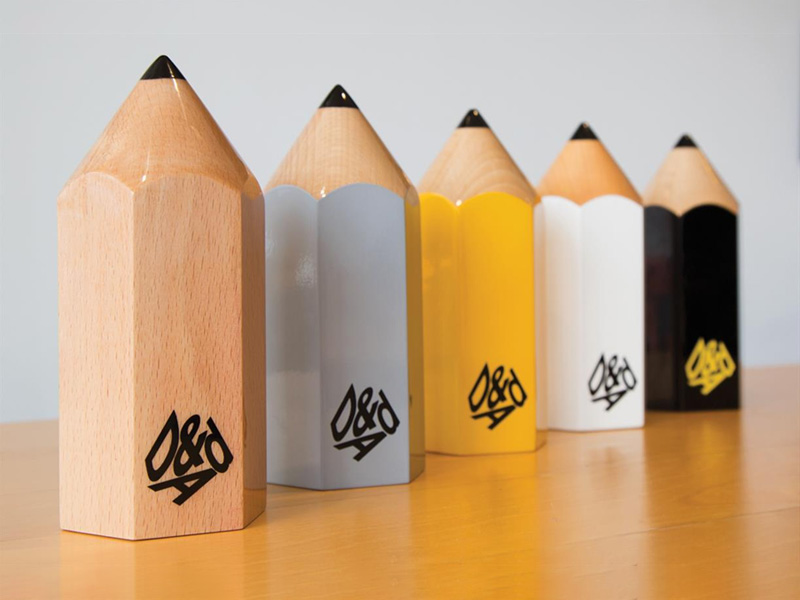
The Scope and Boundaries of Graphic Design Today, Current and Future

The role of graphic design in the world has morphed and transcended through the decades as society’s needs changed and demands increased. Today, graphic design goes beyond a label or a poster, so much so that it is considered an umbrella term, which is then categorised into more specific niches within the same practice. Categorisation is something humans do to break up complex subjects into smaller parts that are easier to process and understand. However, even if a broad concept is split into categories, it is not easy to draw a line from one part to the other, and this also applies to the practice of graphic design.
For this week’s task, we had to look at the list of the D&Ad award winners categories and reflect on them. The list adds up to 34 major categories, and many of them are split once more into more specific sub-categories. The ‘Graphic Design’ category alone was split into 16 sub-categories, covering both the artistic and the functional aspect of the practice. The names of the major 34 also covered many aspects of the creative industry. Although, some categories were more self-explanatory than others. Case in point, the ‘Book Design’ category is quite evident on what the award will be covering, however, categories such as ‘Side Hustle’ and ‘Integrated’ required some deeper digging to understand what the award entails. In addition, some are quite generic, such as ‘Media’ and ‘Animation’, whilst others were more specific, such as ‘Product Design’ and ‘Packaging Design’.
Categorisation as a way of thinking can be
quite useful, as it helps in putting thoughts in order, however some argue that
it can be divisive and sometimes restricting too. From what I have seen in the
various categories in the D&Ad awards, there are more than a few categories
that overlap. Taking the ‘Graphic Design’ category again as an example, many
sub-categories are found again in the ‘Typography’ category. In addition, there
are subcategories that bear the same name as some of the main categories.
‘Magazines and Newspapers’, ‘Integrated’ and ‘Posters’ are names found in both
tiers of the category system.
Following up on this observation, brings me to think whether we should
categorise certain aspects of the creative industry or not, and if we are to
categorise, at which point should we stop? At face value, some form of
categorising or streamlining would take place; a typographer works on a
specific area that differs greatly from that of a logo designer. However, does
this mean that a typographer will always be stuck in that creative bubble? How
would one categorise an all-round design agency for instance? Also, as graphic
designers, should we present ourselves as ‘graphic designers’ or should we use
a more specific title such as ‘corporate identity designer’ or ‘editorial
designer’?
When it comes to deciding on what is what when it comes to graphic design and to us as graphic designers, plus whether or not should we use a specific title, depends greatly on what is the end goal in the specific situation. It depends on whether we would like to gain experience and explore various areas of the industry or whether we prefer to specialise in one area and master it. Both situations have pros and cons, for the former may result in a lot of experience but there may be a lack of focus, whilst the latter would be a specialisation in a particular field, but risk being stuck in a loop.





